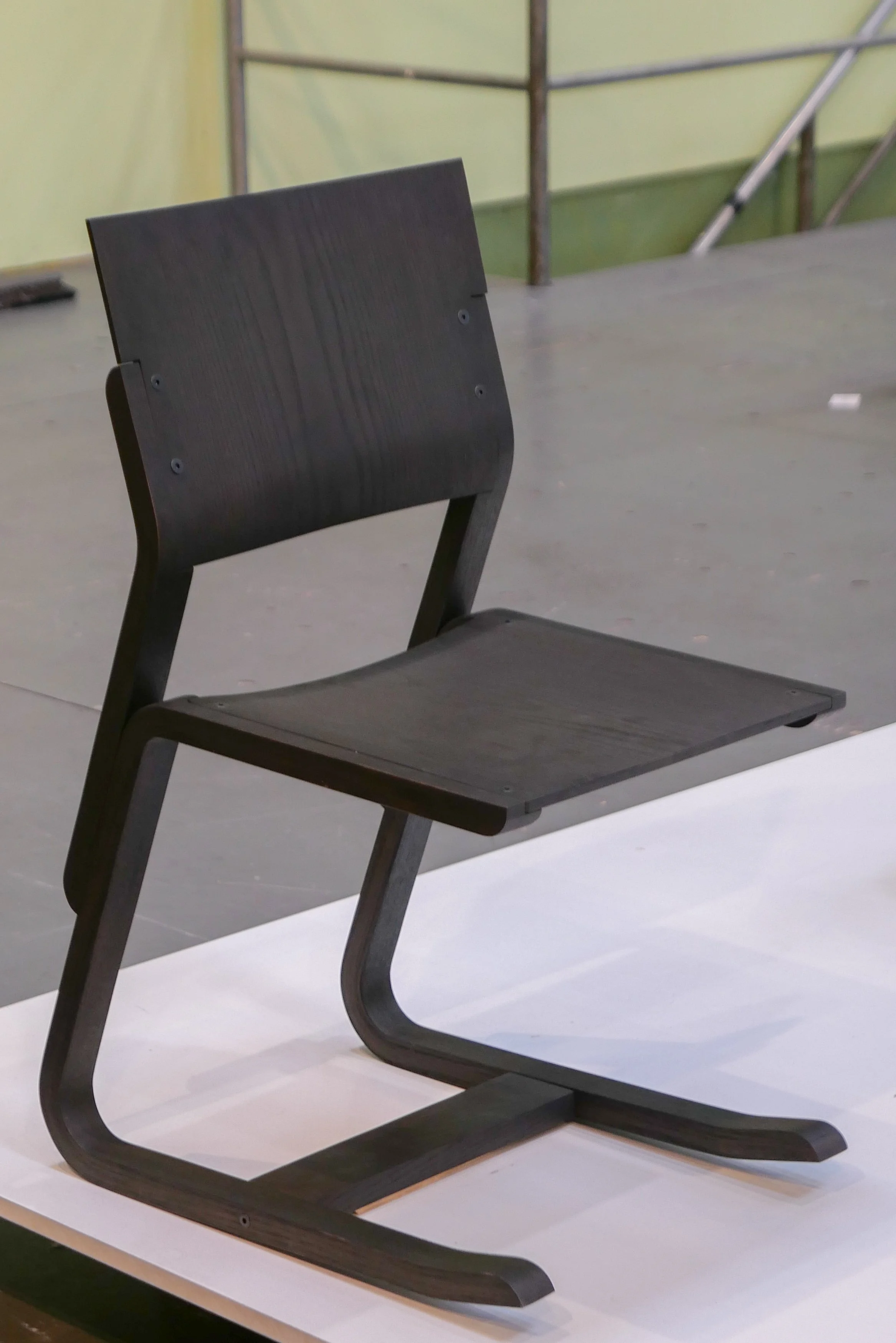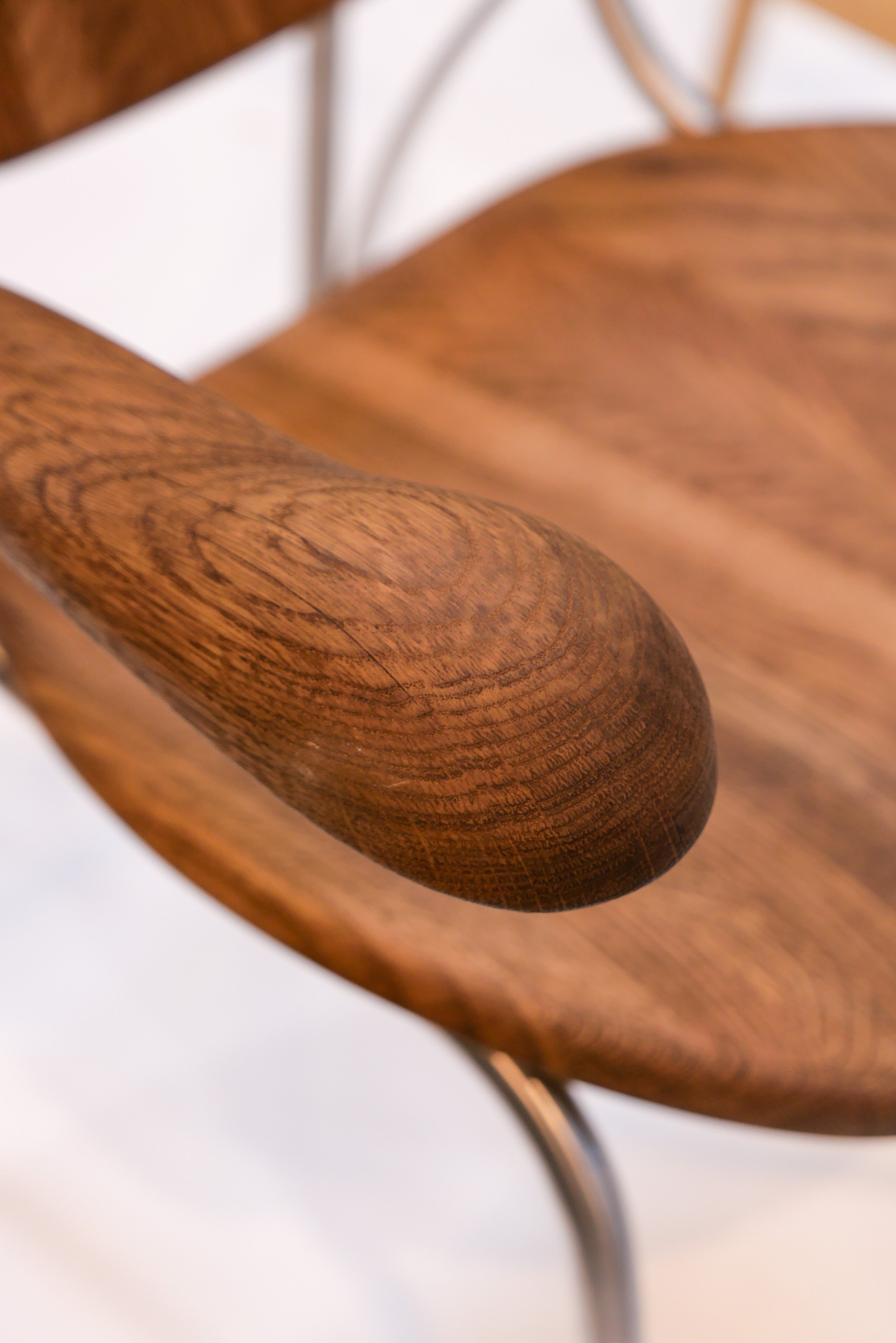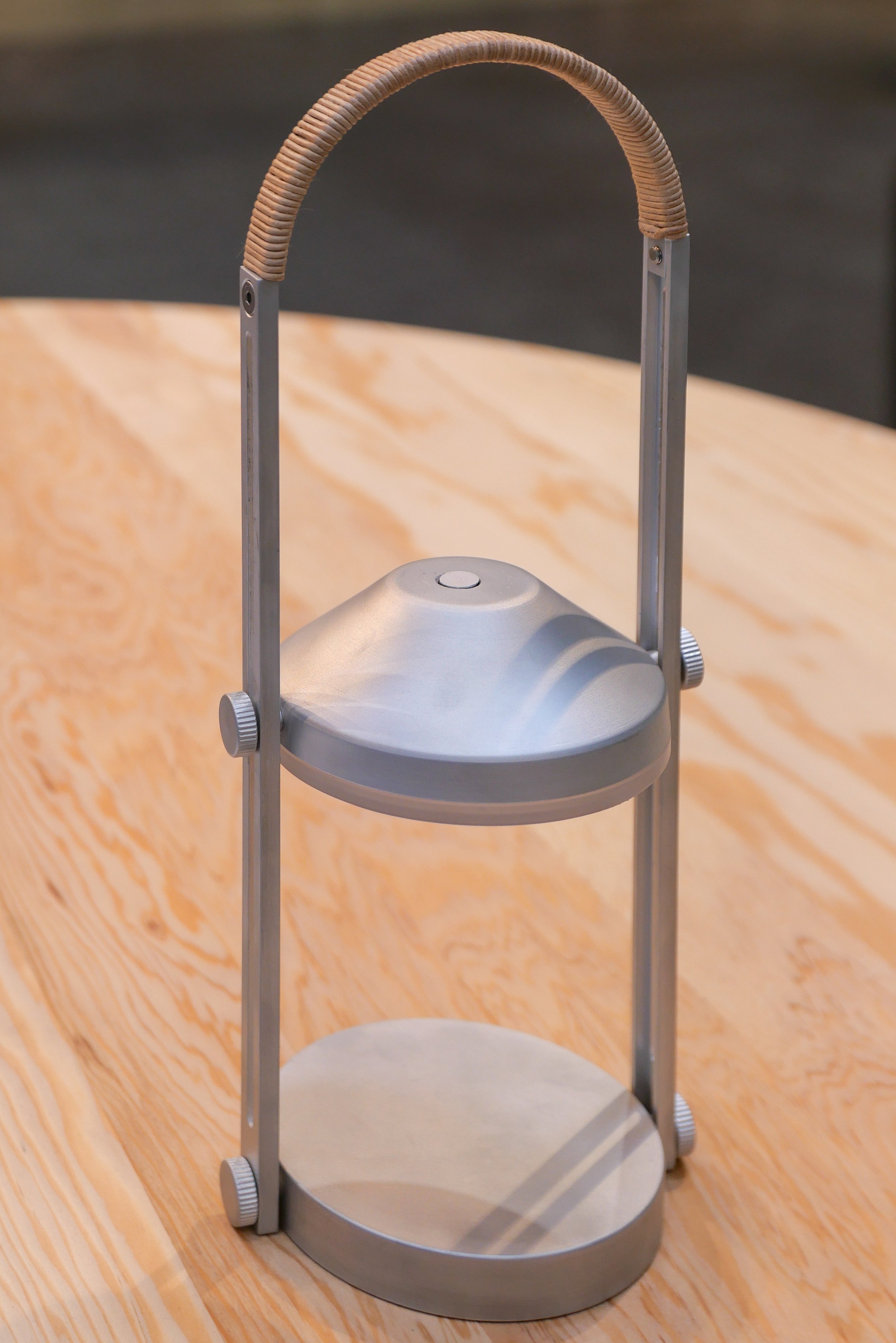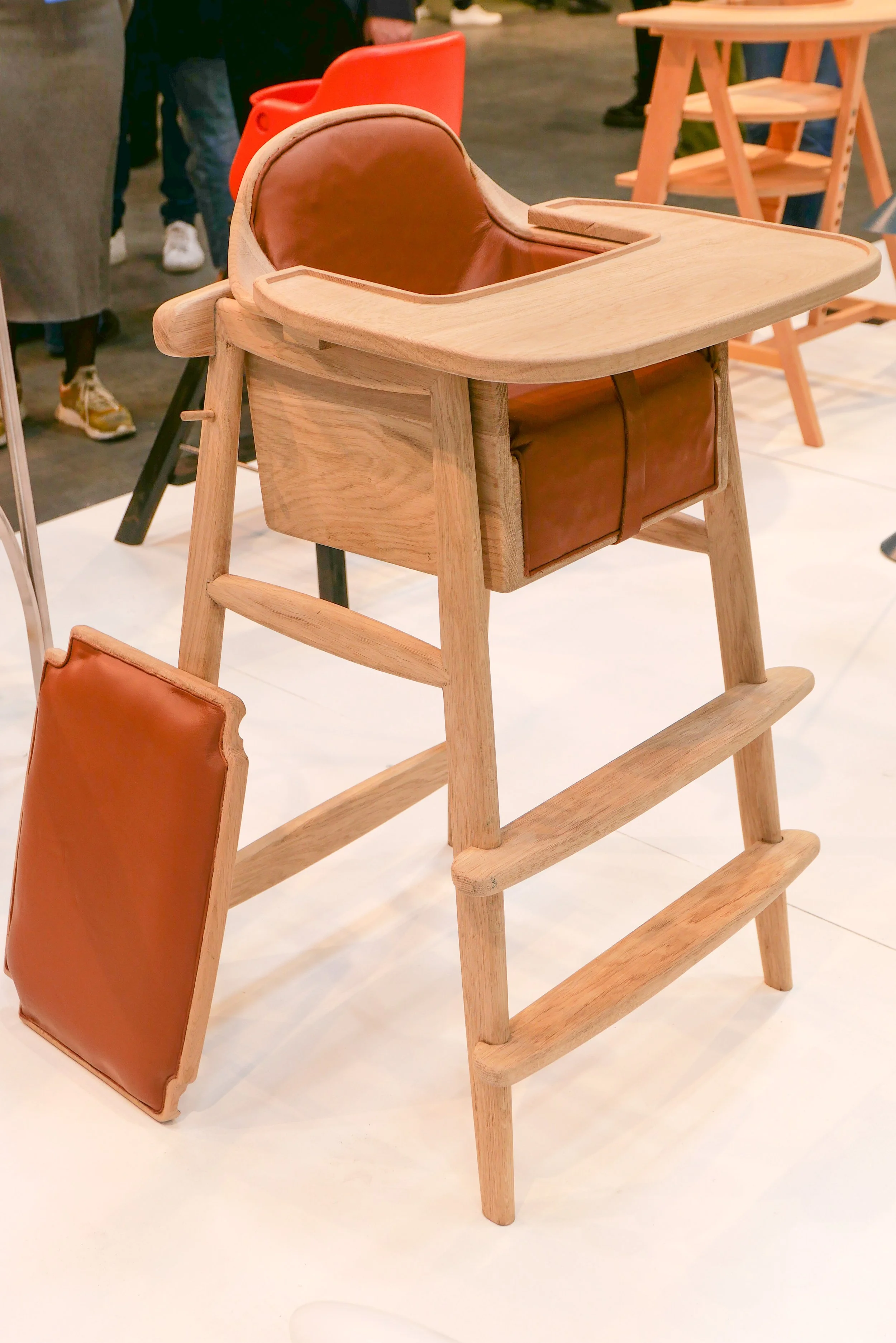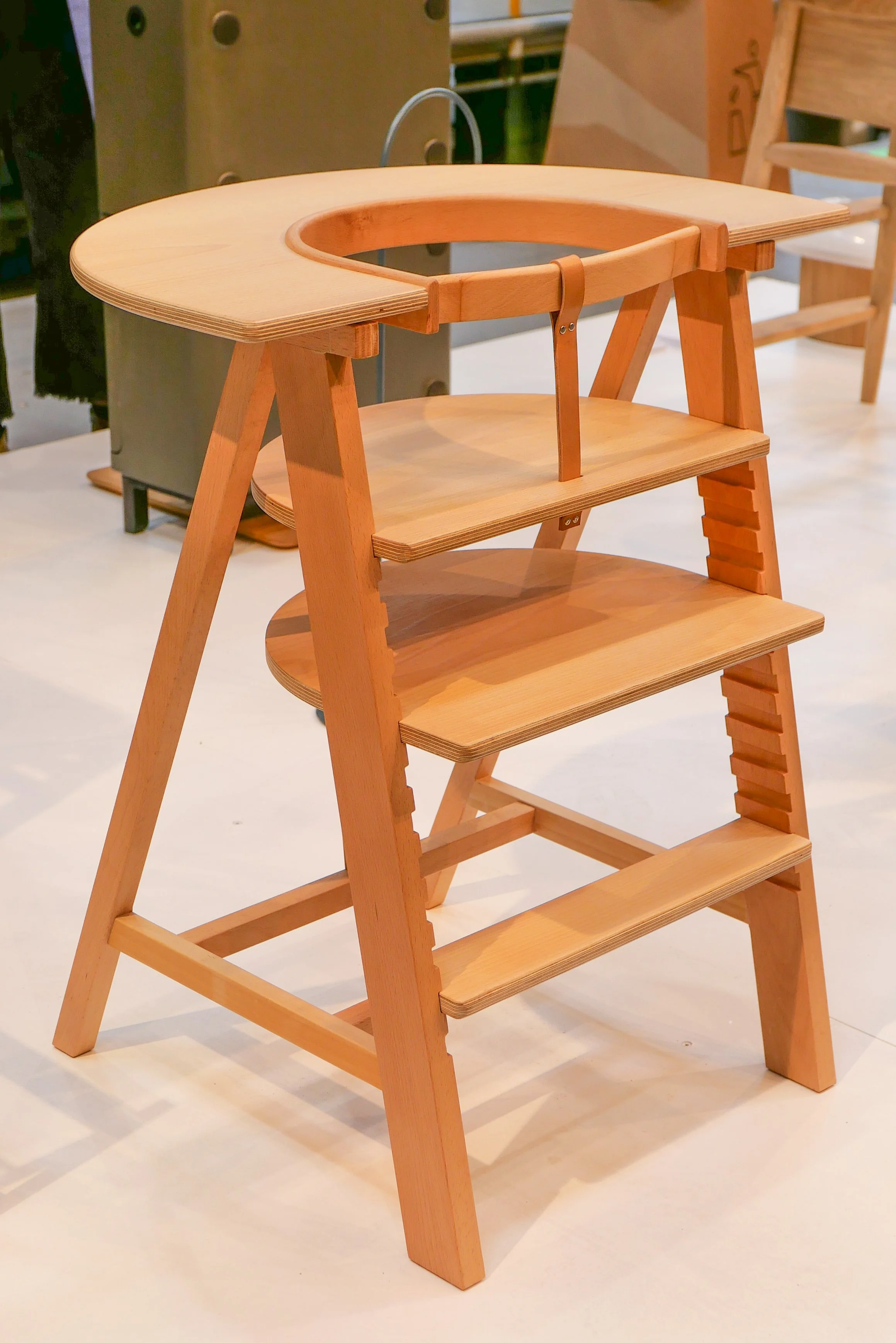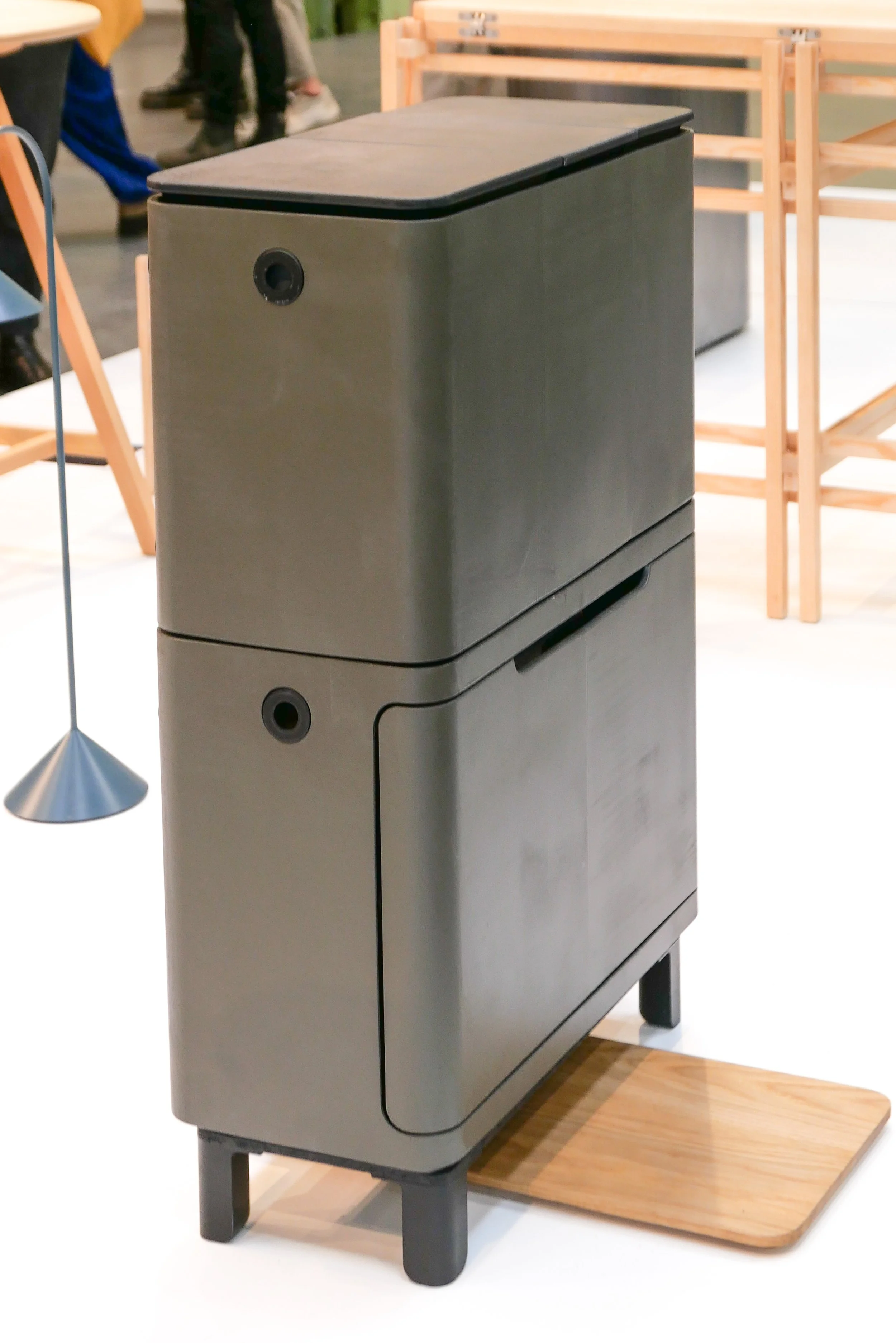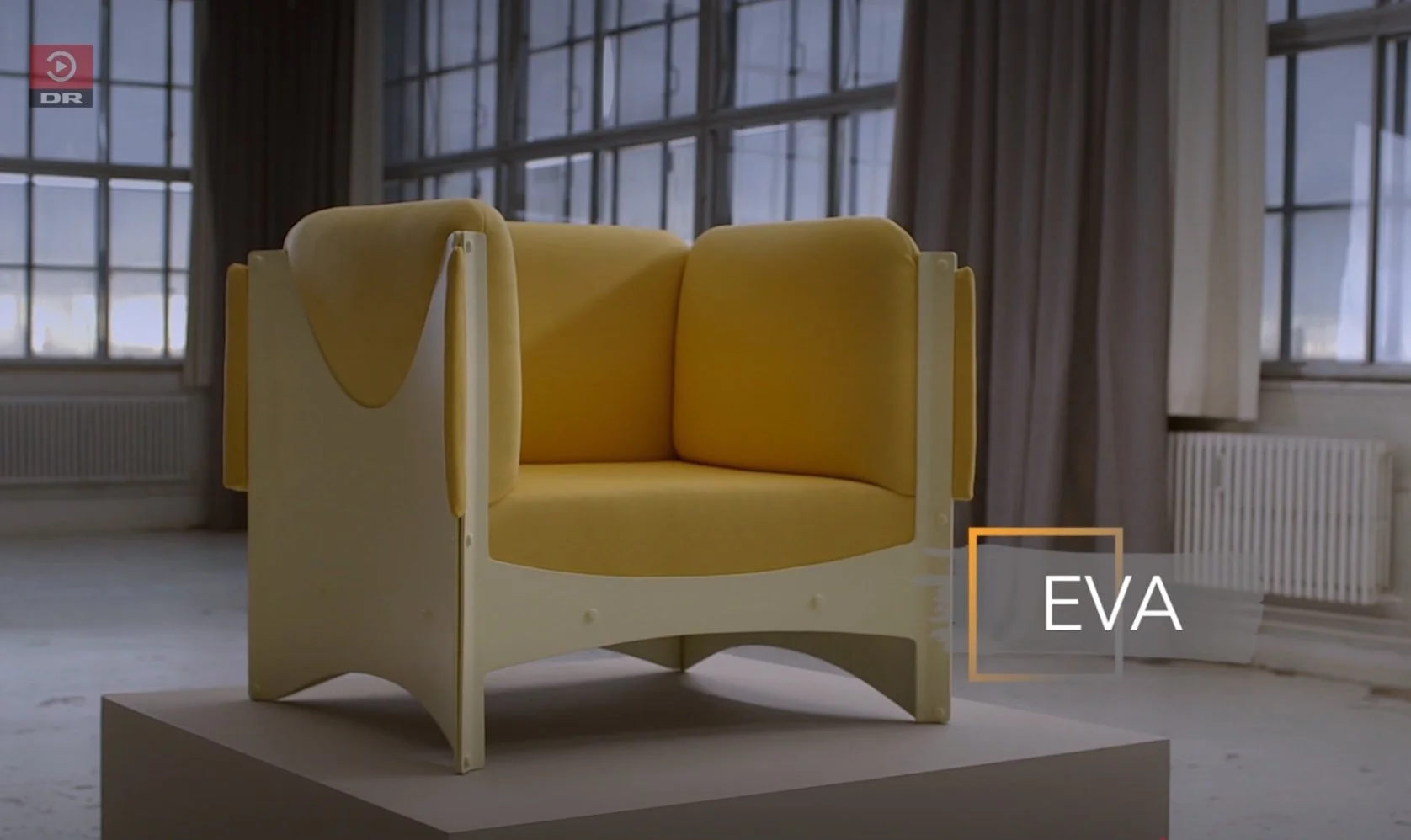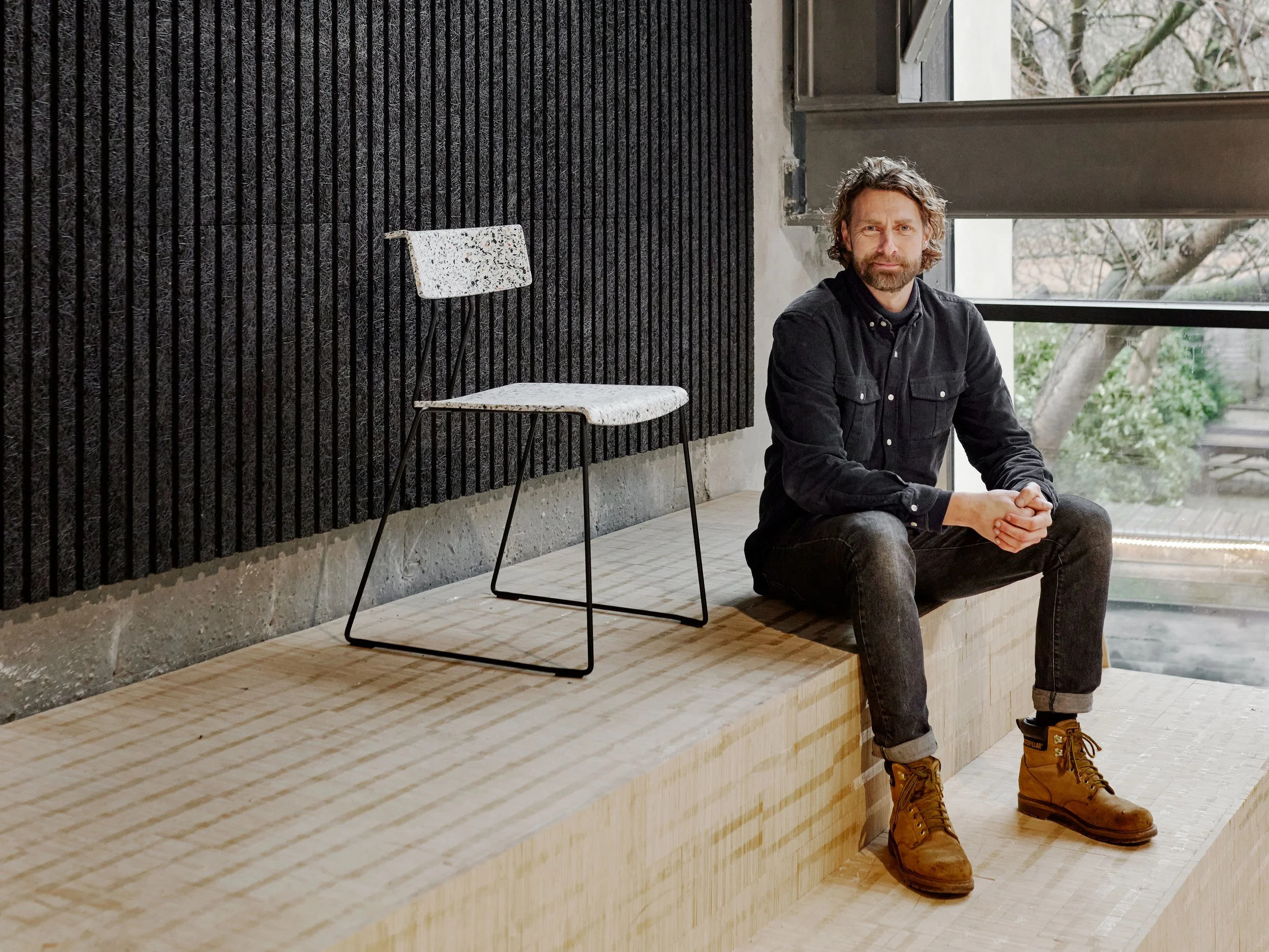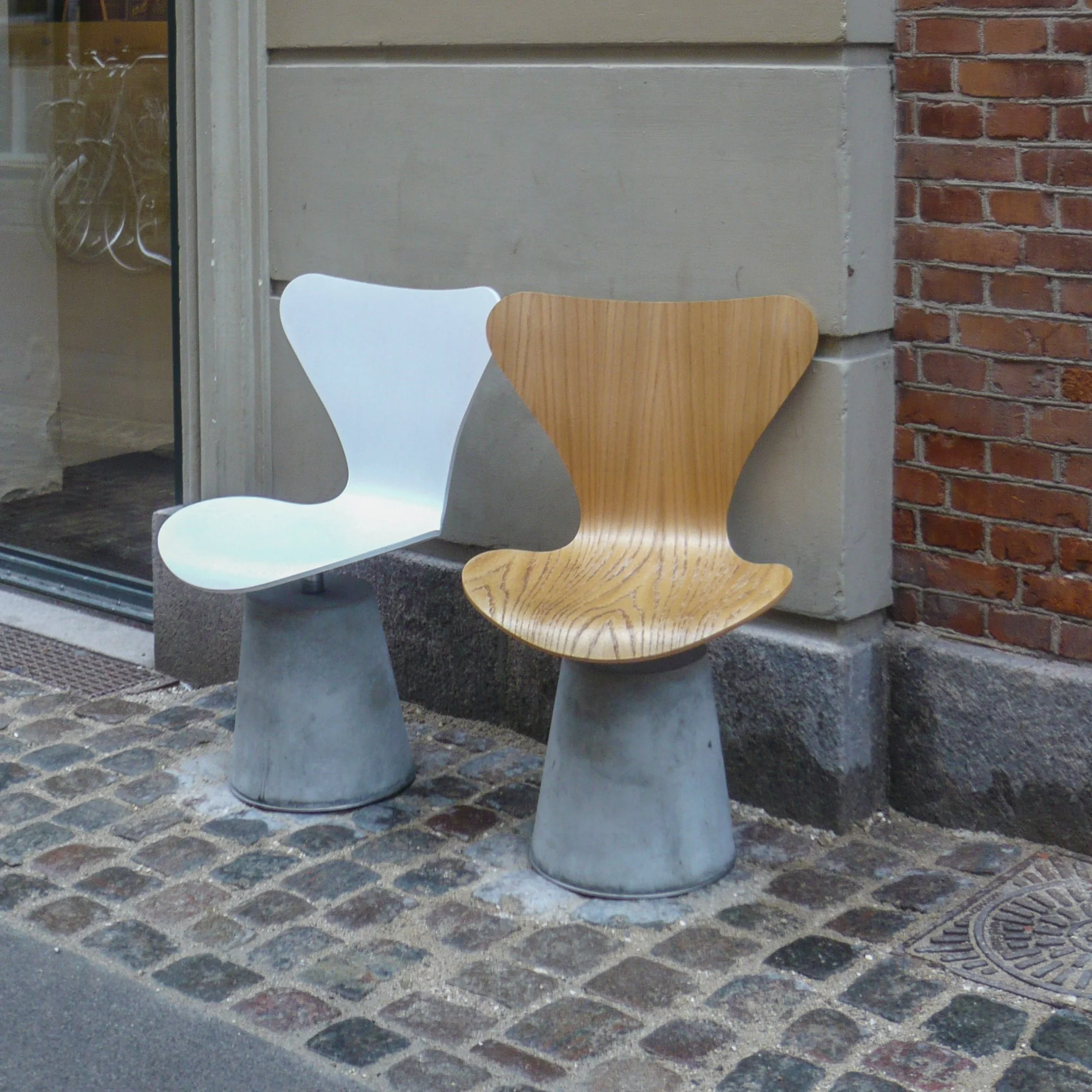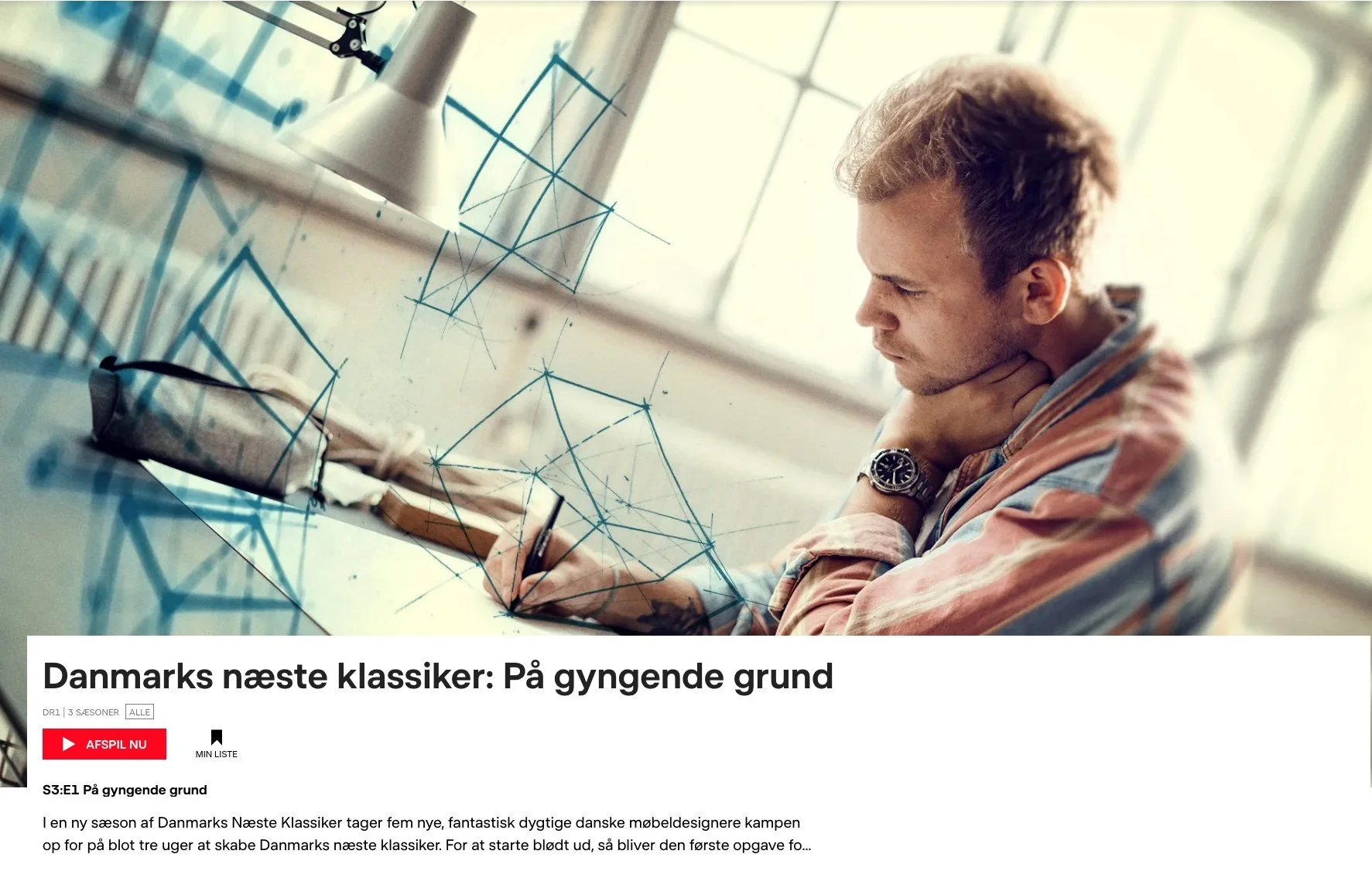Thinking about the television series that has been searching for Denmark's Next Classic I realised that the only conclusion that you can come to, having watched all the programmes, is that there is absolutely no limit to the imagination and the ingenuity of Danish designers.
Over six programmes the five designers were set a task where all of them had to design a chair or all of them design a light and, at the end of the programme, one was chosen as the winner for that week and that design project.
And week after week there were no two designs that were remotely similar but most, never-the-less, could be seen to be more or less Danish or Scandinavian in style and character.
So, is it even possible to define precisely what makes one design a classic and another not ... because that was the ultimate aim of the series .... to pick a design that could be Denmark's next classic.
It feels more and more like an elusive moniker that is difficult to pin down even though we all think we can spot a classic design when we see it.
Most people - both Danes in general and people working in design professions - would agree that the shell chair designed by Arne Jacobsen in 1955 and known as the Series 7 Chair is a design classic.
It is immediately recognisable and most Danes would be able to name the designer. It is so well known that it can be recognised immediately even if you only see a small part and even recognise it if the chair has been modified.
For Fritz Hansen, it is their most successful chair and has been in continuous production since 1955.
It is light and comfortable, practical and robust and it came along at just the right time as people were moving out of old apartments in the city and into new, larger and lighter apartments or into row houses and villas in the suburbs.
But, having said all that it was far from being either a conventional or a safe design. The use of moulded plywood and the type of chair, with a shell that could be used on different arrangements of metal legs or pedestals, was certainly new. You could and you can buy the chair in various configurations and that meant it could be used around a formal dining table or at a desk or in a classroom or in a lecture theatre or in a canteen.
Too often a design tries to do too many things and never does one well but this chair works well almost anywhere and Fritz Hansen understood that. Over the years they have produced it in a huge number of different colours and with different legs or bases so it has tried to fit in with any taste or style ... an almost impossible job for most designs.
But even with the Series 7, it does not give us the ultimate definition for what makes a design classic a design classic.
Is a design a classic because it is firmly of its period ... so that business of zeitgeist ... or is it better if a design is timeless ... a difficult trick because tastes and needs and general lifestyles change and that change can be pretty relentless so does a classic design have to be from a distinct and obvious period but somehow not effected by the passing of time?
Nor is it enough to be just popular ... although clearly a lot of Chair 7s have been sold .... because more IKEA products would be ranked as classics.
In fact, you would think that being popular would be the kiss of death, because what is popular now can rapidly be devalued if it is seen as too popular - so it morphs from passé to hackneyed and then trite although, actually, that then gives a design the chance for a come back as something you buy as ironic to show you have a sense of humour and only bought it because people won't seriously believe you like it. That happened to larva lamps when they got a second life and we could yet see a revival of avocado bathroom 'suites' and fake-fur toilet lid covers.
Some designs are classics for exactly the opposite reason to being popular because they were produced in small numbers and have a rarity value ... just look at the catalogues of the auction house Bruun Rasmussen or at catalogues for the furniture dealers Dansk Møbel Kunst to see good examples. The furniture of Finn Juhl was certainly in that category until House of Finn Juhl put the designs back into production and made them not only better known but, more important, available.
Nostalgia or a place in the national psyche can make a design widely admired although that is probably a better definition of an iconic design and that is subtly different to a classic design.


